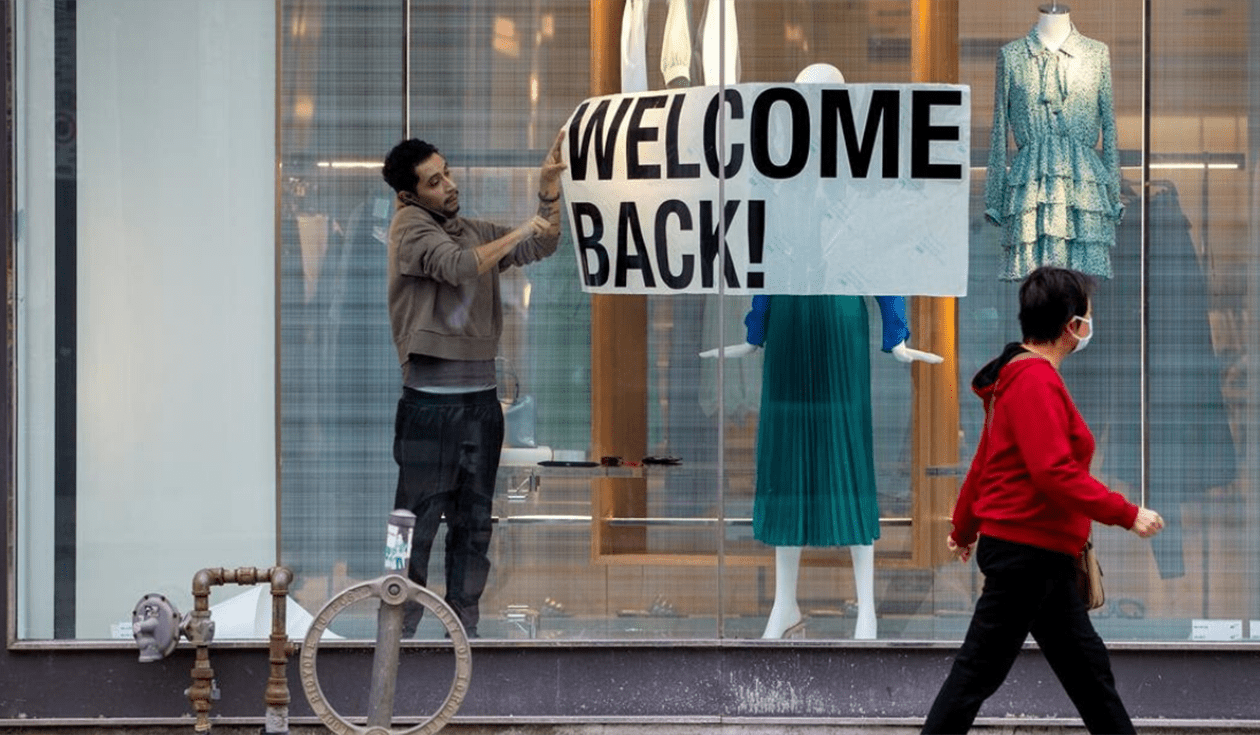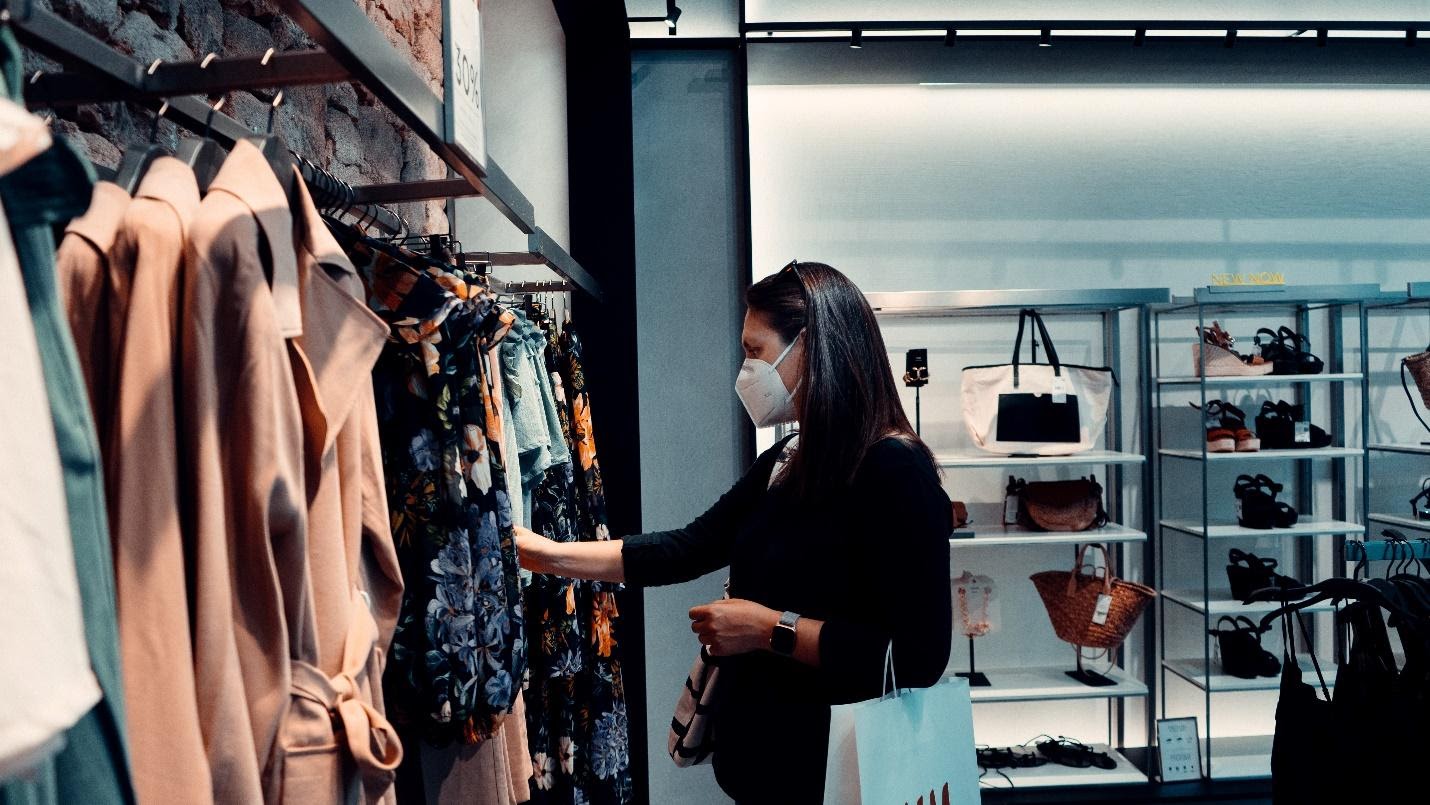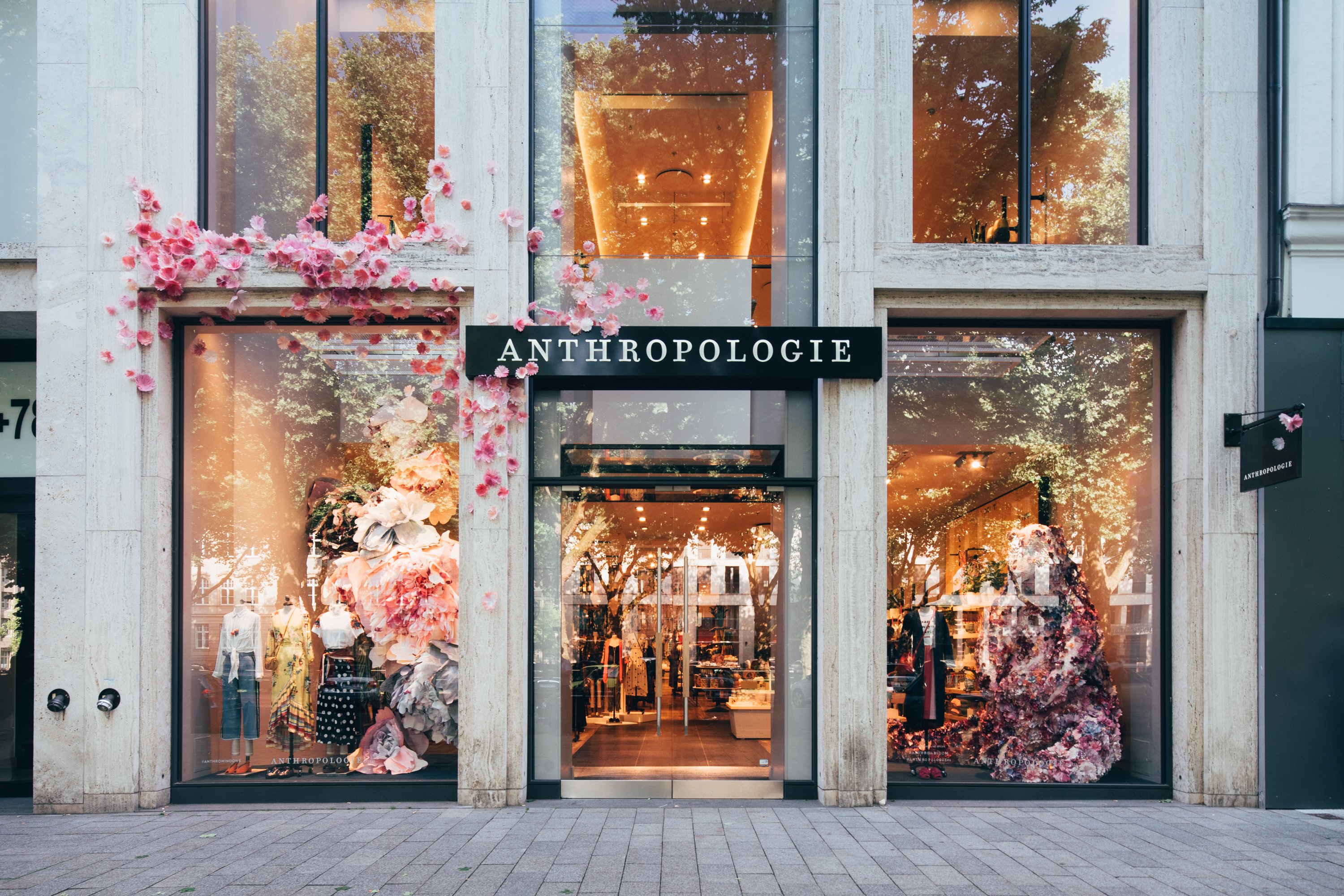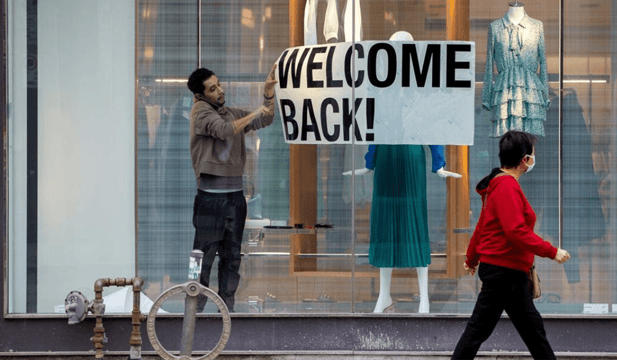Visual Merchandising Strategies for the Post-Covid World

Visual Merchandising Strategies for the Post-Covid World
In the past few months the world has been transformed by Covid-19. Many countries imposed lockdowns, forced businesses to shut down, and people to stay home. Covid has changed the way we socialize, work, and shop as most activities have shifted online. However, as time goes on and countries become successful in slowing Covid-19 down, many have started to gradually lift restrictions and allow social and commercial activities. Retail stores that survived the lockdown and want to welcome back shoppers must make changes to the way the store is presented and run. Adaptability can make the difference between going back to business and going out of business. There are three key aspects that retail stores should focus on as part of their reopening strategy: health and safety, customer experience, and bridging online and offline.
Health and Safety first
The number one priority for everyone right now is health and safety. Retail stores must make adjustments to comply with government safety guidelines and provide shoppers with a safe shopping environment. The store’s entrance is a good place to start; if possible, doors should be left wide open or have an automatic motion sensor. This will minimize a number of people touching the door handles, which are high touch surfaces, and at the same time will promote air circulation inside the store.
Moreover, stores should consider installing hand-sanitizer dispensers. Those dispensers can be ordered ready-made or the store could design their own. Customizing or building unique hand-sanitizing stations that fit in with the store’s theme can be a creative way to promote brand awareness and make a memorable impression on shoppers. Other safety measures that stores can implement include: limiting capacity, making it mandatory to wear a mask, posting signs to remind shoppers to keep 2 meters apart from one another, mark the floor with arrows to direct traffic, and schedule routine cleaning and sanitization of display surfaces, check-out counters, props, fitting rooms and so on. Employee safety is equally important. They should be trained regarding new policies so they can promote their own safety and the safety of customers.
 Photo by Arturo Rey
Photo by Arturo Rey
A relaxed experience
Secondly, stores that want to remain competitive post-Covid should focus on delivering experiences that offer a positive distraction from the stressful times we live in. People are tired of sitting at home and are looking for an outlet to unwind and do something fun. One good way to approach this is to rethink the five senses of retail. As we know, to keep proper hygiene, touch and taste should be avoided but visuals, scents, and sounds are crucial in setting the mood and building a unique experience. Visual factors are actually the most important influencers on shoppers’ decisions so colors and lighting should be carefully considered. For example, the blue color has a calming effect and is associated with trustworthiness. A store could use those unconscious influencers and incorporate blue into the interior design or use it in illuminating window displays, products, or the store interior. Similarly, sounds and scents also have a profound effect on human psychology and can help create a positive experience. Choosing the right music and scent is an art in itself and should be tailored to the customers’ demographic, but generally speaking, slower music can help us relax while upbeat music can energize and boost our mood. When it comes to scents, lemon and lavender have shown to have calming properties.

Shopping at Anthropologie is an undeniably unique retail experience because they focused on their retail settings and the sensory components that attract shoppers.
"Anthropologie is a brand that says, 'We have a lot of different kinds of weird experiences. Our handmade display is something no one else has,'" Jill Gallenstein, Anthropologie's eastern regional display manager. "The craft efforts and the attention to detail creates a store experience where customers will want to take their time, look around at the quirky, and feel comfortable. People will buy into that promise of discovery and purchase a dress, even if it's on-trend and something everyone else has, because they feel what the brand stands for."
Anthropologie isn't the only brand that cultivates a hyper-specific image. Lush, the English producer of handmade cosmetics, also uses the five senses to boost in-store experience. The smell of soaps smelt from afar, the numerous textures from their creams, jellies, scrubs and bath bombs, as well as the different colors that attract the eye are all components that attract people passing by. The general atmosphere that awakens all the senses gives a unique experience to the consumers and allows them to fully immerse themselves in the lifestyle of the brand.
Embrace Technology
Lastly, although the use of e-commerce has increased during the Covid pandemic, brick and mortar stores still have a role to play. Smart retailers should embrace technology and bridge online and offline experiences.
One great way of doing this is offering added value through a mobile app that shoppers can utilize both outside and inside the store. Before shoppers visit the store, the app could be used for education about new Covid guidelines, store updates, book appointments (if the store has a limited capacity), and schedule fittings. During the store visit, shoppers could look up product specs, check inventory, make payment purchases, enter prize draws, and sign up for a newsletter or e-mail marketing. Moreover, stores can offer in-store shoppers instant discounts or rewards for sharing videos or pictures of their purchases on social media. All in all, technology offers vast opportunities that creative retailers should use to their advantage.
Guess offers the possibility to use a real online personal shopper. Shoppers don't have to deal with a bot, but with a real person who gives personal advice and guides to the perfect product. This improves customer relations and saves time in the store.

In summary, as restrictions ease and humanity learns to live with Covid, retail brands that want to bounce back must implement merchandising measures to adjust to our new reality. Three key strategies to focus on are health, new customer needs, and online/offline integration. We live in a fast changing world; retail shops that embrace the chance and adopt accordingly will remain on the road to success.
About the writer:


.png?width=80&height=80&name=R.INSTA%20(4).png)


